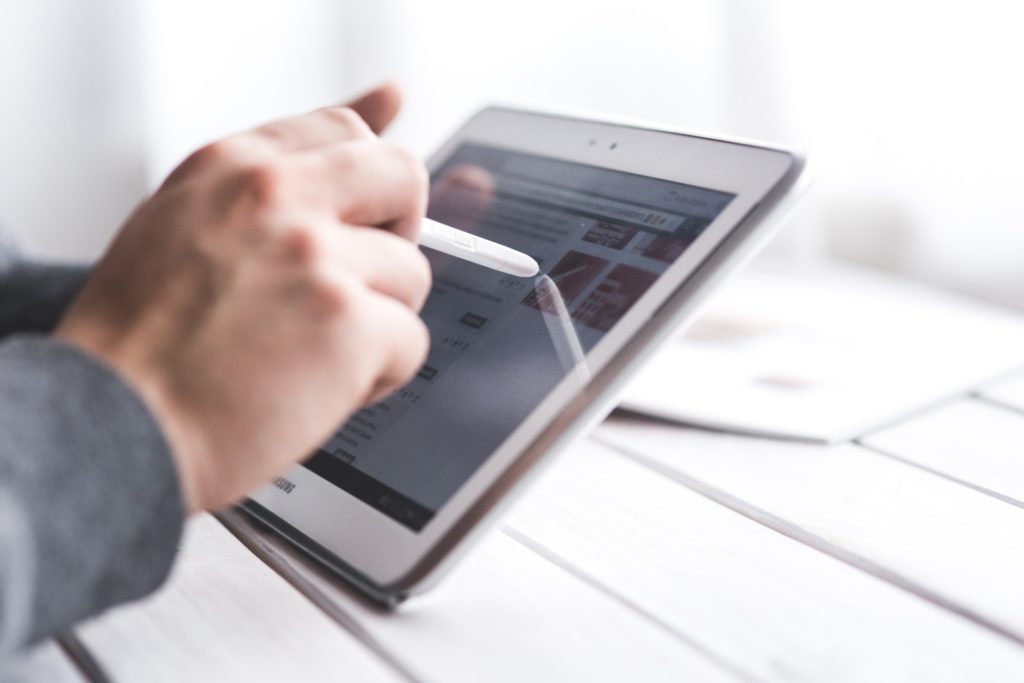IT: Blurring Traditional Boundaries
The explosion in use and number of consumer devices and ubiquitous information access is changing the way people work, perceive their technology, and how it shapes their personal and work lives. The constant use of and easy access to information technology is blurring traditional boundaries between work and home life. These shifting boundaries are accompanied by a belief that personal technology—selected and customized to fit user’s personalities, activities, and schedules—should extend into the workplace.
Historically, most or all devices used in the workplace were owned, and therefore managed, by the organization. Policies and processes were focused on device management—and usually on a relatively small, tightly controlled, and managed set of corporate-approved hardware that was subject to predetermined corporate replacement cycles.
The realities of today’s world dramatically alters this scenario. Greatly increased device and operating system diversity and volume in the organization fundamentally changes the IT landscape and necessitates a shift in management objectives from tight control over hardware to effective, user-centric governance.
Add to that the shift to personal devices (BYOD) and mobility as a core requirement, there is a need to adapt how applications work. IT departments must also now consider authentication of the user, validation of the device, and updated service consumption models when planning their policies and implementation.
People-Centric Model – Enabling the User Experience
Today’s organizations need to address:
- IT policies that match business realities and priorities whilemoving toward a people-centric model that replaces the older paradigm of device-centric policies and management
- Enabling technology that continuously improves the user experience while securing the use of company assets in the landscape.
The people-centric vision helps IT administrators increase their organizations’ productivity by enabling access to corporate resources, regardless of location or device used. This shift in focus requires policies, processes, and technologies that give people the freedom to select the devices they want to use, along with device-agnostic access to applications and data as depicted in the illustration below.

A Modern Workplace is paramount to a durable digital transformation because the Employee Experience is a fundamental enabler of superior Customer Experience. It is the key to making competitive advantage sustainable.
CLOSING THE GAP
So, what’s the answer to a superior Workplace Experience that includes the deployment of modern technology capabilities and realization of business value? To close the“in office experience” and the “mobile experience” gap, Silver Tree integrates cloud capabilities and an automation-centric approach to managing and securing the landscape of endpoints that address:
- Unified Communications & Workforce Collaboration
- Security
- Workforce Safety
- Technology management – adopted alongside or in place of existing capabilities
LEARN MORE About Silver Tree’s Distributed Workforce Mobility Solutions


